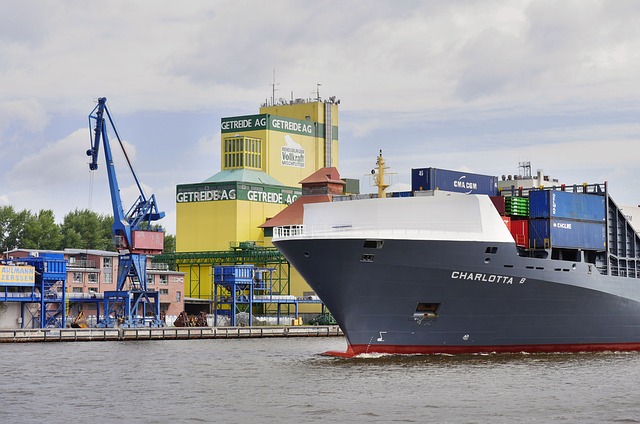Shipping PU Rolls from Guangzhou/Shenzhen to Gijón, Spain via Sea Freight (CIF, FCL & LCL)
Shipping Options: FCL vs LCL
Full Container Load (FCL)
FCL shipping involves booking an entire container, either 20FT or 40FT, for the shipment. This option is ideal for larger volumes of goods that can fill the entire container, offering both cost-effectiveness and security for the cargo.- 20FT FCL Container: Ideal for smaller shipments, typically holding around 20-25 cubic meters of cargo.
- 40FT FCL Container: Suitable for larger shipments, with a capacity of about 40-45 cubic meters.
Under the CIF (Cost, Insurance, and Freight) Incoterm, the seller is responsible for the cost of goods, insurance, and freight charges up to Gijón Port, where the buyer takes over the responsibility.
Less-than-Container Load (LCL)
For smaller volumes, LCL shipping is a practical option. This method allows multiple shippers to share the space within one container. It is cost-effective for businesses that do not have enough goods to fill an entire container but still want to ship by sea. The cargo is consolidated with others’ goods, and each shipper only pays for the space they use.- LCL Shipping: This method consolidates goods into a single container and typically takes slightly longer for handling and processing. However, it is ideal for businesses with smaller quantities.
Sea Freight Transit Time
The transit time from Guangzhou/Shenzhen to Gijón Port is approximately 27 days, depending on the exact route and conditions. Sea freight transit times can vary due to weather, port congestion, and customs procedures. Both FCL and LCL shipments usually follow this estimated timeline, although LCL shipments may take an additional 2-3 days for consolidation and deconsolidation at the port.

Packaging of PU Rolls for Sea Freight
Proper packaging is crucial when shipping PU rolls, as this ensures the goods arrive in good condition. PU rolls are sensitive to external elements like moisture, heat, and physical impact, making secure packaging essential for international transport. Here are some packaging tips:
Wrapping
- PU rolls are often wrapped in plastic film or stretch film to protect them from moisture and dirt during transit. This layer helps to keep the rolls intact and safe from external elements.
- A waterproof barrier such as a plastic sheet or heavy-duty film is recommended to avoid any damage from rain or humidity.
Padding
- For added protection, foam padding or bubble wrap can be applied around the PU rolls. This cushioning ensures that the rolls are protected from external pressure or sudden impact during transit.
Boxing and Palletizing
- If shipping a large quantity of PU rolls, packaging them in sturdy wooden crates or cardboard boxes is advisable. This helps secure the rolls and prevents them from shifting during loading and unloading.
- The use of pallets is common when shipping in bulk. The rolls can be placed neatly on the pallet and secured with strapping, making them easier to handle at the port and during transit.
Labeling
- Each package should be clearly labeled with the product details, handling instructions (e.g., “Keep dry,” “Fragile”), and shipping information (e.g., consignee address and shipping route).
Seal and Security
- Ensure that the shipping container is securely sealed after packing. For FCL shipments, seals are placed on the container door, ensuring that the goods are not tampered with during transit.



